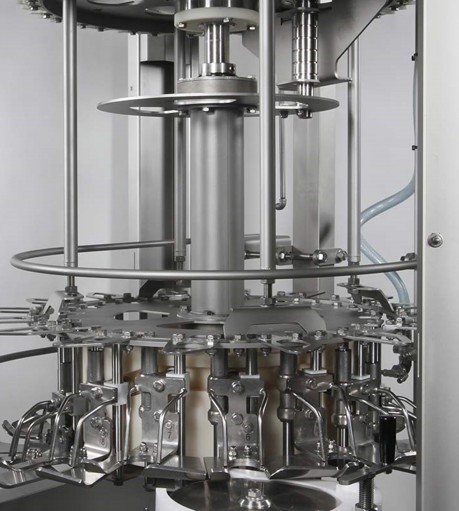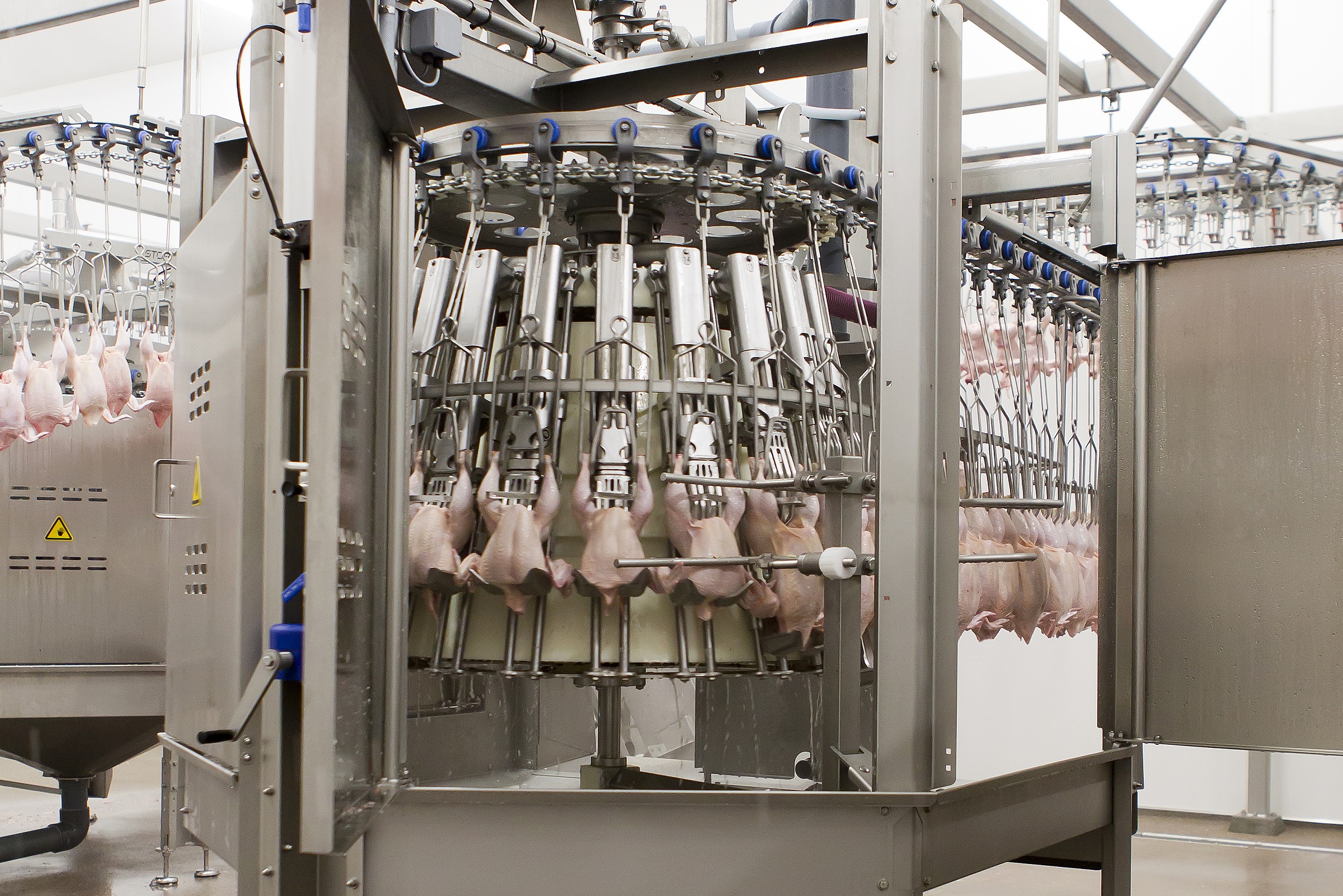
Reference Series
All machines from the NIC to the RW Inside/Outside Washer are capable of handling up to 15,000 bph and come in the reference series format.Reference Series machines have self-supporting frames with connections to most utilities arranged centrally, simplifying and speeding up installation. There are no horizontal surfaces and blind corners, where residues can build up, making all-important thorough cleaning between shifts both quicker and easier. Operator safety and good housekeeping have not been forgotten either. All RS machines come complete with full guarding and integral collection bins under each machine collect waste neatly. Collection bins can be connected to a central vacuum transport system.
The icing on the cake is that machines can be taken offline without affecting technological settings. Once the machine is put back inline, it resumes where it left off, thereby saving valuable time.




